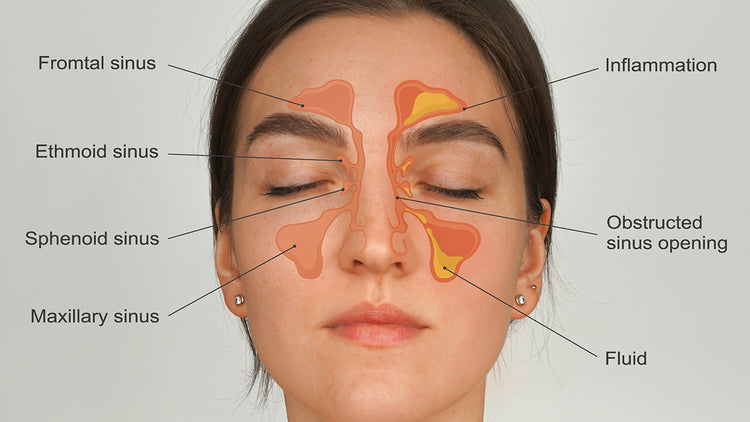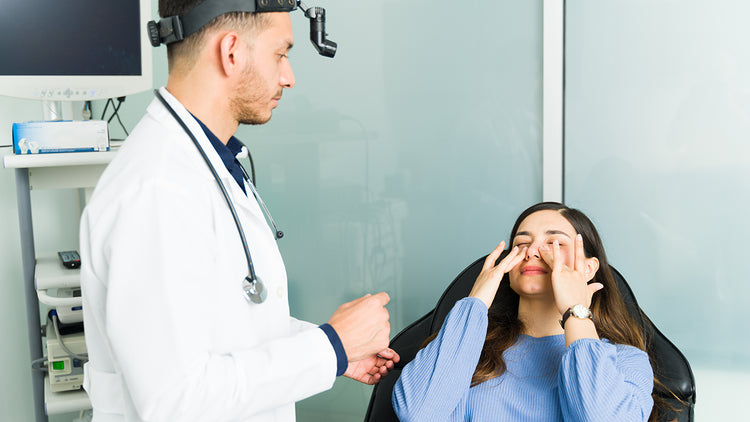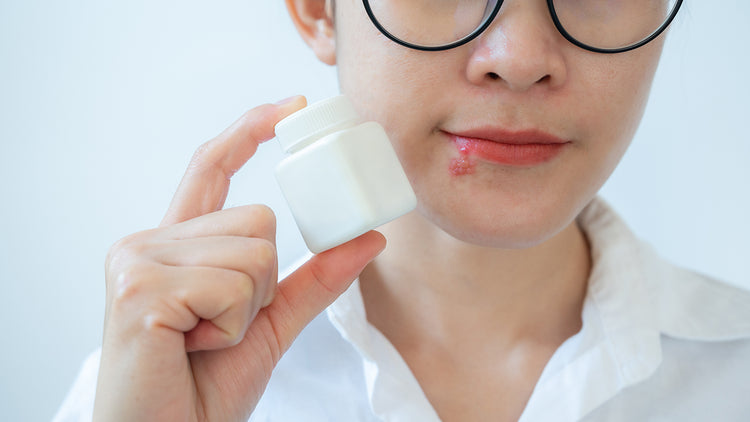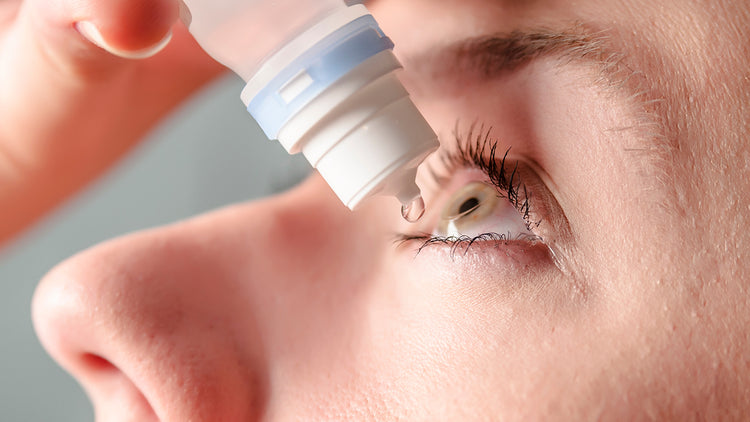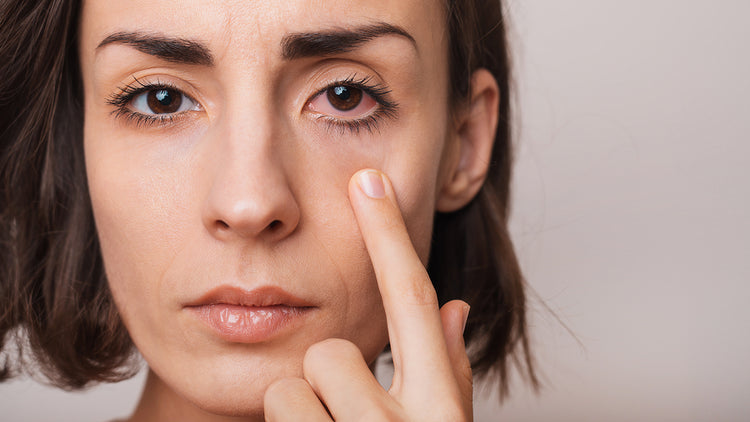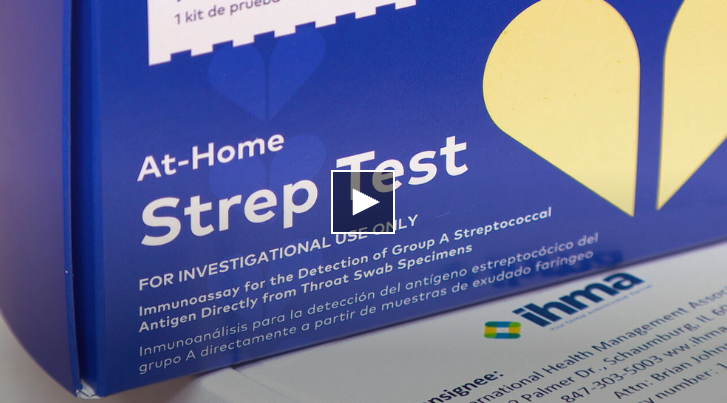
Pink eye, also known as conjunctivitis, is an inflammation of the eye's membrane called the conjunctiva. Viral conjunctivitis is the most common, as a virus causes many cases of pink eye. Bacteria, allergens, or a blocked tear duct in babies can also cause eye inflammation. Pink eye can be irritating but usually does not permanently affect vision. Other common causes of pink eye include chemicals or foreign objects getting in the eye, indoor and outdoor air pollution, and wearing contact lenses.
Can I Spread Pink Eye to Others If I Have It?
Both viral and bacterial conjunctivitis are highly contagious, mainly because you can spread it before you know you have it. One of the main transmission routes for pink eye is exposure to and close contact with someone infected with pink eye caused by a virus or bacteria. Viral and bacterial forms of pink eye may also occur during a cold or other respiratory infection, but a person can still have pink eye without a respiratory infection. Pink eye can also be spread through sexually transmitted infections (STIs), like viruses (herpes simplex) and bacteria (gonorrhea or chlamydia); by touching surface areas that are not cleaned frequently and are contaminated with bacteria or viruses; and by using old makeup or sharing makeup with others. Pink eye caused by allergens is not contagious.
How Long Does It Take to Get Pink Eye From Someone Else?
Several factors contribute to how fast pink eye can spread. Both bacterial and viral conjunctivitis are most commonly spread from person to person through close contact, including touching or shaking hands with someone who has the infection. If the person with pink eye is sick with a respiratory infection, they can also spread it through coughing and sneezing. Another common way of getting pink eye is by touching an object contaminated by someone with pink eye and then touching your face and eyes before washing your hands.
How long a person is contagious is also a factor. For viral conjunctivitis, you are contagious as long as you have symptoms. For bacterial conjunctivitis, you are contagious as long as you have symptoms or for 24-48 hours after starting antibiotic treatment. Because pink eye is no more contagious than the common cold, you can continue to be around others if you do not have a fever and consult with your doctor first.
What Can You Do to Prevent the Spread of Pink Eye?
There are several ways you can prevent the spread of pink eye. First, you should monitor for symptoms of pink eye. Symptoms include redness in the white of your eye, increased tearing, a gritty feeling in one or both eyes, itchy or burning eyes, blurred vision, sensitivity to light, and swollen eyelids. If you have any of these symptoms and are concerned you may have pink eye, you can aid in disease control by limiting close contact and not shaking hands with others. Be sure to practice good hygiene, like washing your hands frequently and when visibly soiled.
Next, you should wash your pillowcases. This step can help minimize contact with a surface contaminated with a virus or bacteria known to cause pink eye. You should also use a clean washcloth or towel daily and avoid sharing these with others. Finally, you should avoid sharing cosmetics, especially those used for the eyes. You should also throw away any old makeup, like mascara. If an allergy causes pink eye, avoid allergens that typically irritate your eyes.
Pink eye caused by sexual transmission is less common but can be severe. Practice safe sex and wear a condom to avoid potential transmission of an STI that can cause pink eye. In addition to pink eye being sexually transmitted, it can also be transmitted from mother to baby through the birth canal. Typically, an antibiotic is applied to the baby's eyes shortly after birth. This medication will help to prevent eye infections and reduce the risk of a more severe form of pink eye called ophthalmia neonatorum.
How Is Pink Eye Treated?
A doctor will first need to determine if a virus, bacteria, or allergen caused your pink eye. Sometimes the doctor may only be able to properly diagnose a patient with pink by ordering labs to determine the cause. In this case, samples of discharge from your eye would need to be collected. Most cases of pink eye in adults are viral conjunctivitis. In children, both viral and bacterial conjunctivitis are common.
For bacterial infections, your healthcare provider may prescribe antibiotics. Treatment for viral infections is usually not necessary unless the virus is herpes or another STI. In this case, they may prescribe antiviral medications. For pink eye brought on by allergens, your healthcare provider may recommend or provide over-the-counter eye drops. If you currently use eye drops, like artificial tears, avoid using those in the unaffected eye.
Mild cases of pink eye usually go away independently, and viral forms don't typically require treatment. Likely, you won't need to make any appointments to see an ophthalmologist to treat pink eye, but if you wear contacts, you will need to stop wearing them and switch to glasses until symptoms go away. This action should help reduce irritation to the conjunctiva while it heals. If symptoms do not improve within 12-24 hours, you should make an appointment with an ophthalmologist. They may suggest other treatments, such as medications, depending on what's causing the eye irritation.
References
Centers for Disease Control and Prevention. (2019, January 4th). Conjunctivitis (Pink Eye): Causes. https://www.cdc.gov/conjunctivitis/about/causes.html
Centers for Disease Control and Prevention. (2019, January 4th). Conjunctivitis (Pink Eye): Diagnosis. https://www.cdc.gov/conjunctivitis/about/diagnosis.html
Centers for Disease Control and Prevention. (2019, January 4th). Conjunctivitis (Pink Eye): Transmission. https://www.cdc.gov/conjunctivitis/about/transmission.html
Cleveland Clinic. (2022, August 22). Pink eye (Conjunctivitis). https://my.clevelandclinic.org/health/diseases/8614-pink-eye
Mayo Clinic. (2023, January 5). Pink eye (conjunctivitis). https://www.mayoclinic.org/diseases-conditions/pink-eye/symptoms-causes/syc-20376355

Author bio:
Alexandria Jones-Patten, PhD, MBA, MSN, RN has been a Registered Nurse since 2017. She has a background in cardiovascular care and providing primary care to populations experiencing homelessness. She has written for MedPage Today, Health, MedShadow, and Everyday Health. When she's not writing, she's running on a treadmill or on her next traveling excursion. You can also find her on LinkedIn, Facebook, and Instagram, or you can visit her website to see her latest articles.Life is too short to sit in a doctor’s office
Sign up for our weekly newsletter and get valuable healthcare tips and tricks in your inbox!
Sign up now and unsubscribe anytime.
- Choosing a selection results in a full page refresh.
- Press the space key then arrow keys to make a selection.


















